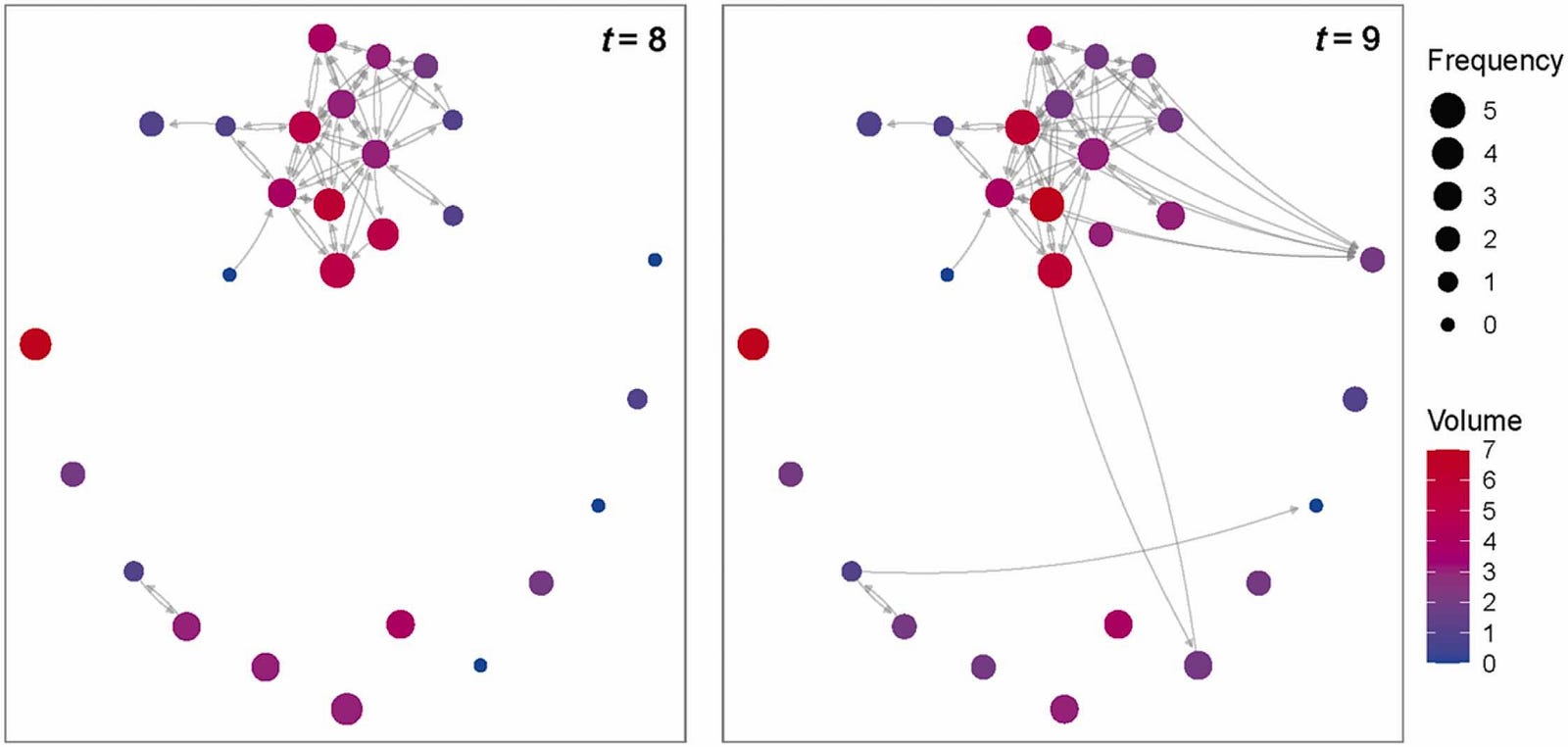Kudos! New Research on The Impact of Social Media on Running
What kind of impact does social media have on our actual workout behavior? That’s the question being explored in a new study titled Kudos make you run!

If you’re a regular Strava user, you know the feeling of satisfaction when receiving a well-deserved “Kudos” after a challenging run, ride or other kind of workout.
But what kind of impact does social media have on our actual workout behavior? That’s the question being explored in a new study titled Kudos make you run! How runners influence each other on the online social network Strava, performed by researchers at Radboud University Nijmegen and University of Groningen in the Netherlands.

In this post, we’ll take a look at the study, the data they collected, and the conclusions they came to on the impact of social media and exercise.
Background
Strava is an online training tracker and journal for athletes that features social functionality such as the ability to follow other athletes and to give “Kudos” (similar to “Likes” on other platforms) to their activities. Strava is used by athletes of all levels, from casual to elite athlete. While it’s most commonly used to track endurance activities like running and bike riding, it can be used for any kind of fitness activity such as weight lifting, yoga, etc.
In this study, researchers wanted to understand the effects of Strava’s social functionality. Does receiving kudos influence how much and how often an athlete runs? And what effect does running activity by “kudos-friends” have on an athlete’s training?
The Data
The researchers collected 10,037 run activities and Kudos data from five different Dutch running clubs and a total of 329 different athletes over a one year period. They also mapped out the “kudos-friends” relationships — the athletes who give kudos to one-another.
From previous work on the topic, the researchers hypothesized that social interactions on Strava would have a beneficial, motivating effect on training. They used the collected data to attempt to measure that effect.
Specifically, the researchers looked at:
the extent to which (1) receiving kudos motivated users to run more and more often and (2) if and how the running activity of kudos-friends influenced running frequency and volume.
The Analysis
Using the data collected from Strava, the researchers were able to construct network graphs detailing the connections between individuals as shown in the image below.

The researchers used a fancy-sounding method called Stochstic Actor-Oriented Models (SAOM) to try to understand how kudos over time influenced training volume and frequency over time. Basically, SAOM uses a simulation approach to understand and predict how changes in network structure (kudos, in this example) influence other observed variables (volume & frequency).
Results
There were two main findings from the work — one which was expected, and another which was more surprising. First, as predicted, receiving kudos had a positive influence on running volume & frequency. But unexpectedly, when giving kudos, runners tended to become more like those who ran less. In other words, runners were seemingly “negatively influenced by the activity levels of alters who ran less and less often than they themselves”. Let’s unpack what these findings mean.
First, the finding that receiving a kudos had a positive influence. This is not surprising — when runners received encouragement from their peers, they were more likely to run! They describe the effects of a single “kudos” event as follows:
Consider two fictive runners, A and B, who are members of a random club drawn from a hypothetical population of Strava clubs. The runners are completely identical except that runner A received kudos from one clubmate more than runner B. In that case, runner A is almost 3 % more likely than runner B to increase their running by one session per week
The second, more surprising finding was that when giving kudos, runners tended to resemble the behavior of those who ran less. This was contrary to the authors’ expectation that runners would imitate those who ran more:
Contrary to our upward comparison expectation (hypothesis 3), we did not find greater attraction towards higher effects compared to lower effects. If anything, the reverse was true: athletes were more likely to come to resemble the running behavior of kudos-friends who ran less and less often than they themselves.
But as the authors note, it’s not entirely clear whether this is an effect driven primarily by influence (where runners imitate the behavior of lower volume runners) or selection (where the result is an artifact of who runners choose to give kudos to).
Thus, overall, kudos-friends tended to have similar running behaviors, with this similarity potentially originating from both selection and influence.
The effect is almost certainly due to a combination of these two factors, but to what extent?
What Does it All Mean?
The first finding in the study, that receiving kudos is a motivating factor, is fairly straightforward and quite encouraging. Social support helps us exercise more!
But the second finding is more thought-provoking and invites further exploration: runners tend towards the behavior of those who run less. Personally, I suspect that there’s a strong argument for selection here — perhaps we tend to follow more and more athletes who run more and faster than ourselves over time, rather than following those who run less. That would, in effect, make us trend towards the “lower” end of our kudos friend set. But it’s also possible that — on some level — we try less based on our observations of our kudos friends!
As we know from other apps, there can be both benefits and drawbacks to social networking — and Strava is no exception. It’s an amazing tool for training and motivation, but it’s important to make sure you’re using it in a productive way! If you find yourself getting too caught up on other athletes performances, it can become counterproductive —Strava is a great tool to help focus on achieving your own fitness goals.
Whatever you do, the important thing is that you keep moving!
